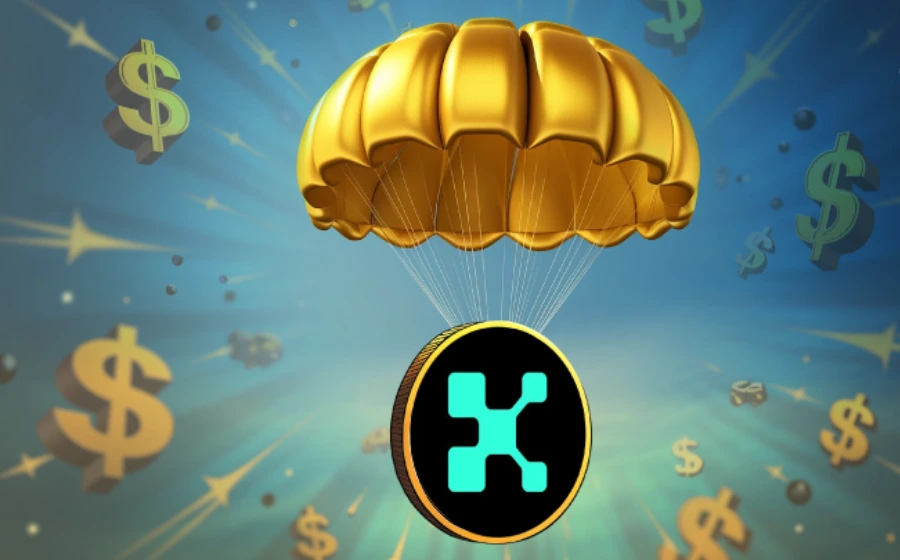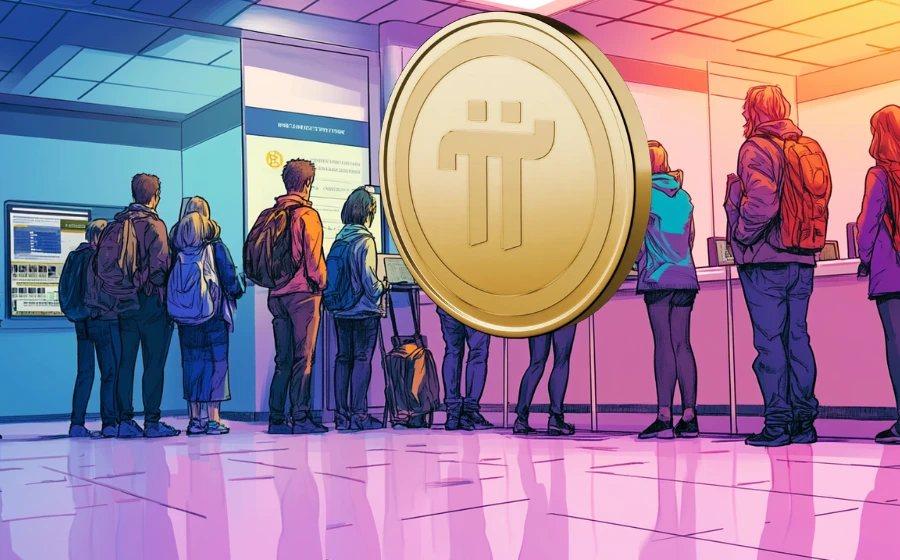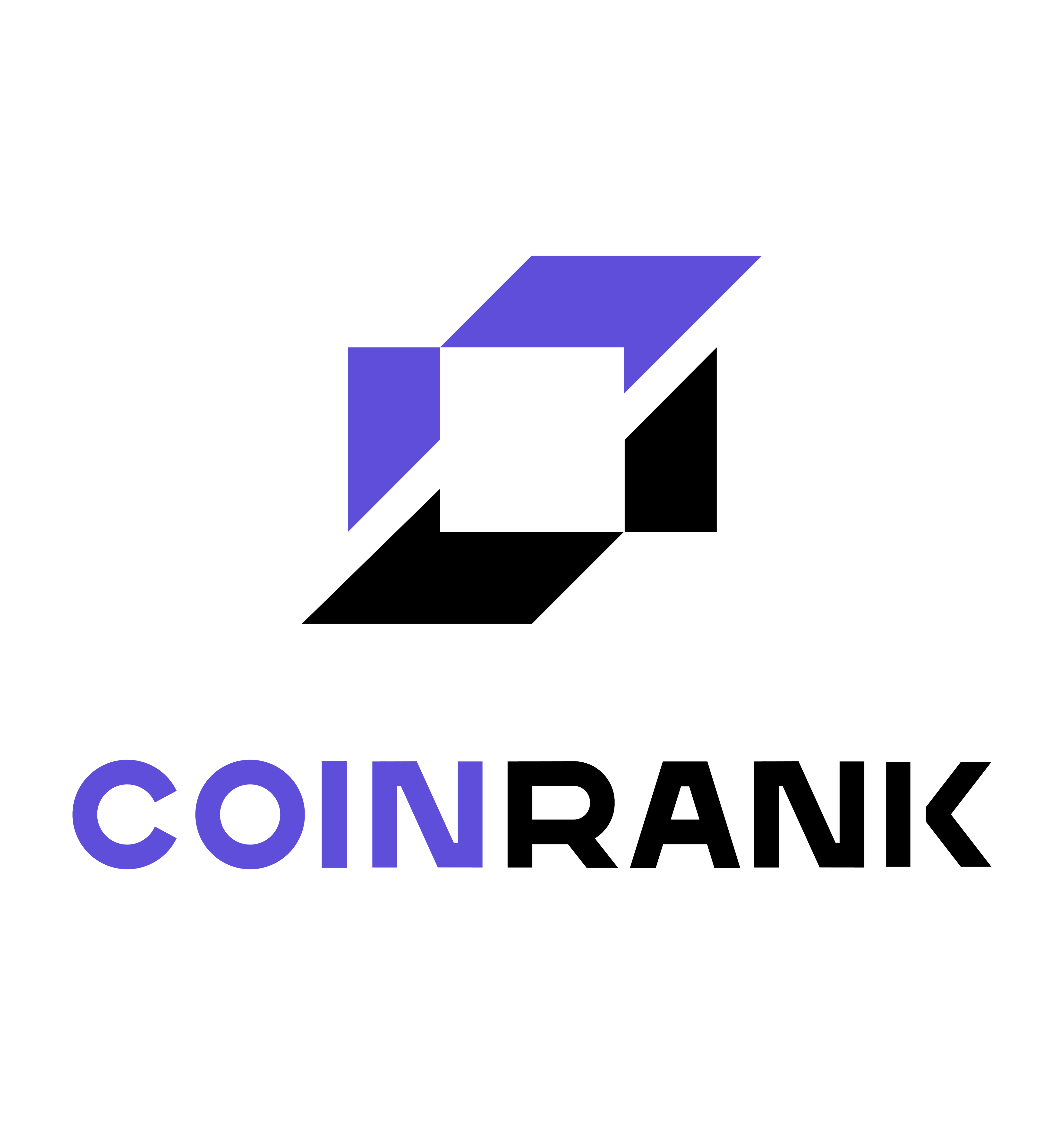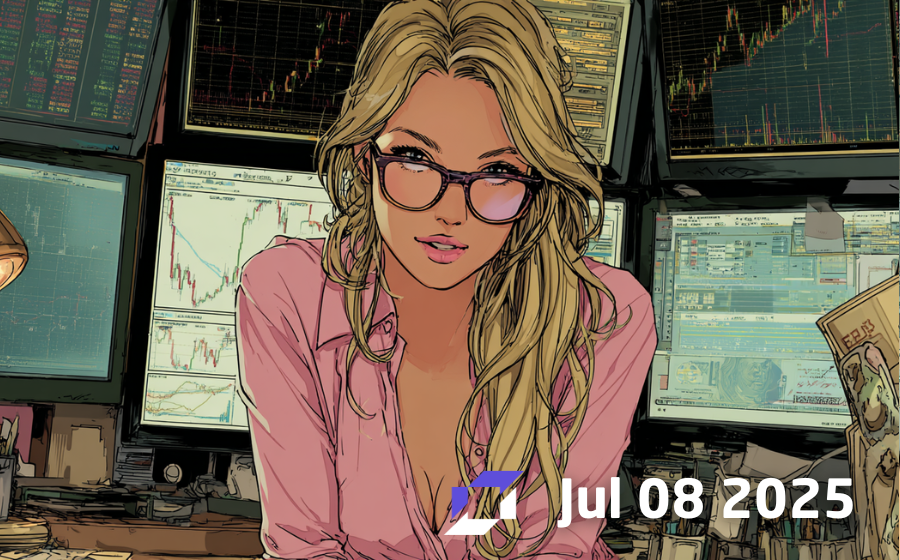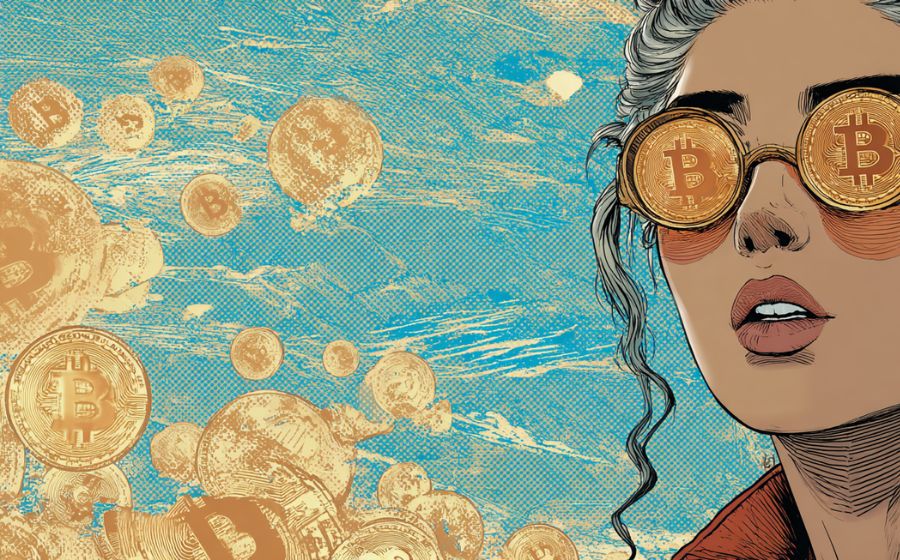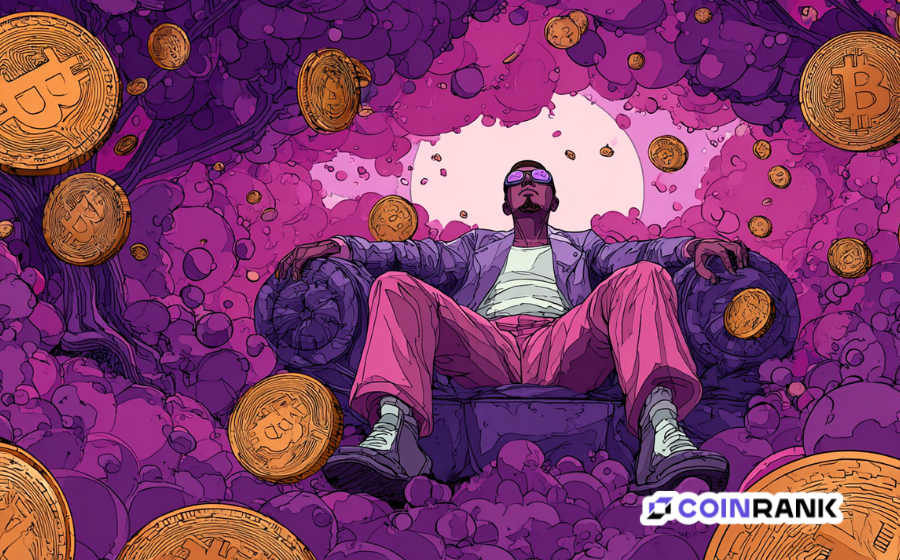
KEYTAKEAWAYS
-
Solana, Hedera, and Litecoin spot ETFs debut on Wall Street, signaling the institutional rise of altcoins in global crypto finance.
-
U.S. approval of new altcoin ETFs sparks investor optimism as Solana leads inflows and sets the stage for “Altseason 2025.”
-
Amid a U.S. government shutdown, the SEC’s fast-track rule brings unexpected crypto breakthroughs and institutional adoption momentum.

CONTENT

INTRODUCTION
On October 28, 2025, the U.S. financial system quietly entered a new era. The first spot exchange-traded funds (ETFs) for Solana (SOL), Hedera (HBAR), and Litecoin (LTC) officially started trading on the New York Stock Exchange (NYSE) and Nasdaq.
This event is not just another product launch — it is a structural shift that shows crypto assets are moving from experimental markets to the core of traditional finance. After Bitcoin (BTC) and Ethereum (ETH) spot ETFs, altcoins have finally entered Wall Street, opening new doors for institutional investors.
With the global crypto market cap now above $4.15 trillion, these ETFs are especially significant. Solana is known for its high throughput (TPS) and strong DeFi ecosystem. Hedera stands out for its enterprise-grade consensus model (Hashgraph), attracting supply chain and payment projects. Litecoin, the “digital silver,” provides low-cost and fast transactions.
Even though the U.S. government has been partially shut down for weeks, the SEC made this possible by using new 2025 rules that simplify approvals — allowing exchanges to handle Form 8-A independently.
Bitwise’s Solana Staking ETF (BSOL) attracted $69.5 million on its first day. Canary Capital’s Hedera (HBR) and Litecoin (LTCC) ETFs started slower (with $4 million and $0.4 million), but total trading volume reached $65 million, suggesting that an altcoin rotation may be starting.
This development is global. Hong Kong also approved a Solana spot ETF at the same time, and global ETF inflows have reached $59.5 billion. Yet, questions remain — will altcoin ETFs repeat Bitcoin’s “institutional honeymoon,” or create a new bubble due to volatility and unclear regulation?
HISTORICAL CONTEXT
The idea of crypto ETFs dates back to 2013, but the real breakthrough came in January 2024, when the Bitcoin spot ETF was approved.
At that time, under court pressure (the Grayscale vs. SEC case), the SEC changed its stance. Eleven Bitcoin ETFs saw $4.5 billion in trading volume on their first day, pushing BTC’s price from $40,000 to over $100,000, with total AUM (assets under management) above $120 billion.
Ethereum ETFs followed in July 2024, further legitimizing smart contracts and DeFi. Pension funds and IRA accounts began allocating capital, and by mid-2025, ETH ETFs had attracted over $30 billion in inflows.
Altcoin ETFs, however, faced many challenges. The SEC long treated assets like SOL and XRP as possible securities under the Howey Test, keeping approval odds between 10% and 20%.
Litecoin, as a fork of Bitcoin, seemed likely to qualify as a “commodity,” but its privacy upgrade (MWEB protocol) brought extra scrutiny. Hedera, despite claiming a non-security status, still faced doubts due to its enterprise partners like Google and IBM.
In early 2025, Bloomberg analyst James Seyffart raised approval odds for LTC to 90% and for HBAR to 75%, thanks to the SEC’s new “commodity exemption” framework.
The real turning point was the SEC’s new “Unified Listing Standard”, which shortened review time from 240 days to 75 days. Exchanges could now proceed even during a government shutdown.
As a result, four ETFs launched quickly — Bitwise and Grayscale’s Solana funds (BSOL/GSOL) on the NYSE, and Canary’s Hedera (HBR) and Litecoin (LTCC) ETFs on Nasdaq.
Technically, BSOL includes a 7% staking yield, far higher than traditional ETF fees of 0.2%-0.5%. Custody services from Coinbase and BitGo ensure compliance under the 1933 Securities Act.
This progress shows how crypto is evolving from a “speculative toy” into a true asset class. Globally, Canada and Europe already had altcoin ETFs (such as Purpose’s SOL ETF in 2023). The U.S. move could reshape global capital flows, with total altcoin ETF AUM expected to reach $50 billion in 2025.
REGULATION AND MACRO ENVIRONMENT
The SEC’s fast-track approval came from the 2025 Crypto Asset Listing Standards Amendment, which shifted the focus from “security status” to “custody and liquidity.” Even during a shutdown, key staff could process filings remotely.
This flexibility partly comes from policy deregulation during the Trump era, where tech projects like Truth Social’s prediction markets and AMD’s AI partnerships indirectly created a more crypto-friendly environment.
Compared to the 2023 shutdown — when ETF approvals froze — this minimal disruption shows regulatory maturity. On Polymarket, the probability of altcoin ETF approval reached 99%.
Macro conditions also amplified the effect: The Federal Reserve cut rates by 25 basis points in October, adding liquidity. Gold hit a technical double top, and capital rotated from safe assets to high-beta assets like crypto.
The global stablecoin supply reached $300 billion, acting as a liquidity reserve that multiplied ETF inflows. J.P. Morgan estimated $1–1.5 billion of inflows within a year, with Solana ETFs possibly following Ethereum’s path to $3 billion.
The simultaneous launch of the Hong Kong Solana ETF further encouraged cross-border investment.
MARKET IMPACT
These ETFs will accelerate institutional adoption: • Solana’s high TPS (65,000+) and 7% staking yield attract DeFi funds; its TVL may double in 2025. • Hedera’s enterprise use cases (e.g., Citi–Coinbase payment partnership) may boost adoption by 20%. • Litecoin’s MWEB privacy upgrade strengthens its “digital silver” image and could raise transaction volume by 30%.
Analyst Dan Gambardello predicted that after short-term consolidation, these assets may enter a “parabolic rally,” with LTC and HBAR possibly surpassing their previous all-time highs.
However, risks remain. Over 155 ETF applications are pending. If the SEC leadership changes or tightens policy (for example, delaying XRP approval), this could cause a crowded exit.
Volatility is another issue — Solana has experienced network outages, and HBAR’s enterprise dependence makes it sensitive to economic cycles.
According to Morningstar, crypto ETFs delivered 25% returns in 2025, but their Sharpe ratio was only 0.8, below the 1.2 of stock ETFs.
In the long term, infrastructure improvements like CoinDesk benchmark pricing may bring standardization, but investors must watch out for “narrative shifts.” If the AI narrative dominates markets again, altcoins could lose attention.
The listing of Solana, Hedera, and Litecoin ETFs marks a transformation from “wild growth” to a regulated and institutionalized market.
These ETFs bridge traditional finance and blockchain innovation, igniting the Altseason 2025 engine — Solana’s market cap may double, and HBAR/LTC ecosystems may grow by 50%.
With Visa’s PYUSD stablecoin being integrated into global payment systems, crypto will merge more deeply with DeFi and mainstream finance. Total AUM could exceed $1 trillion.
Yet, success will depend on balancing regulatory stability and innovation.
For investors, this is a strategic moment — embrace the opportunity, but respect the risks.
The crypto world is no longer Wall Street’s outsider — it is becoming an essential part of the global financial system.
